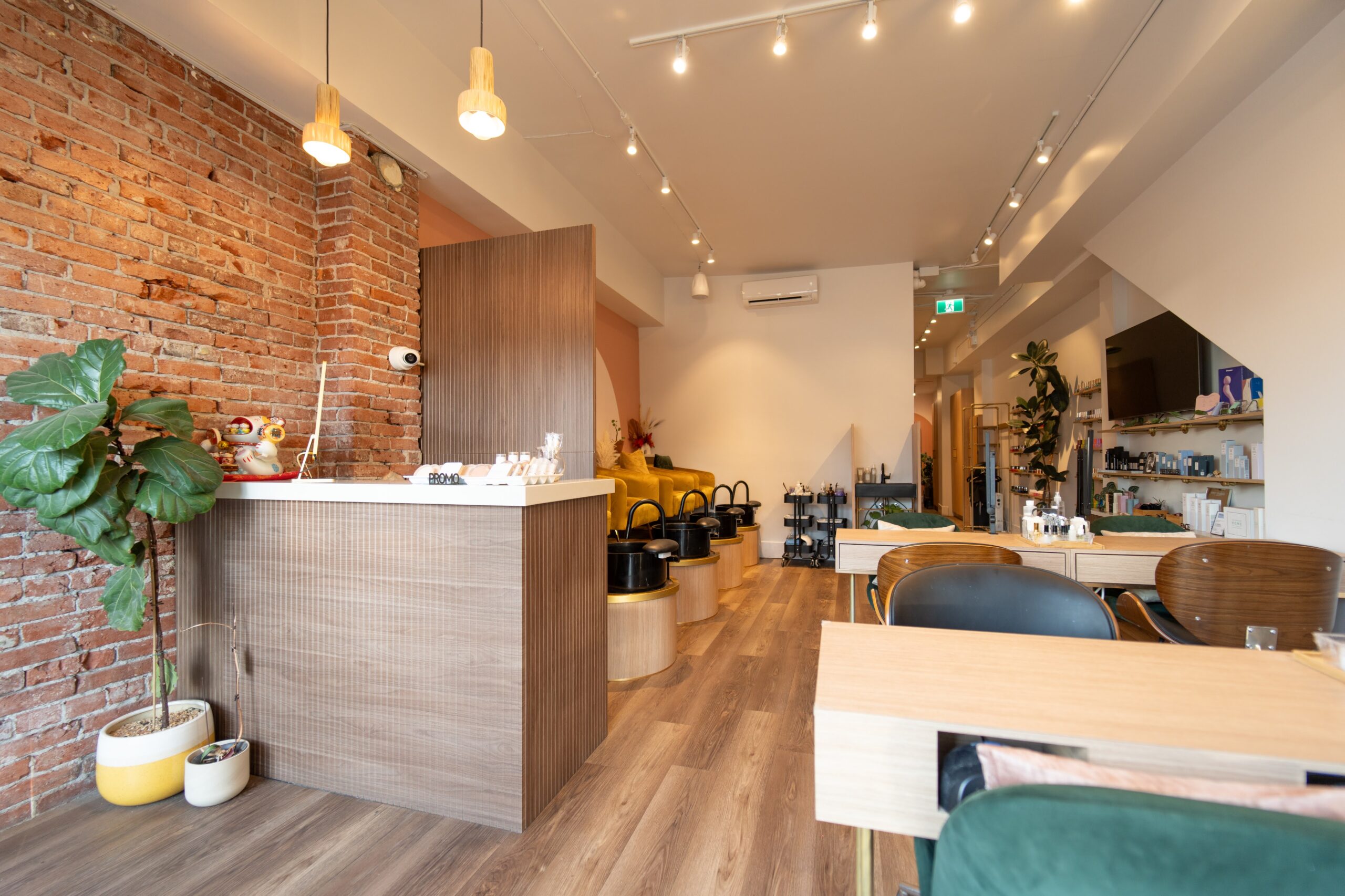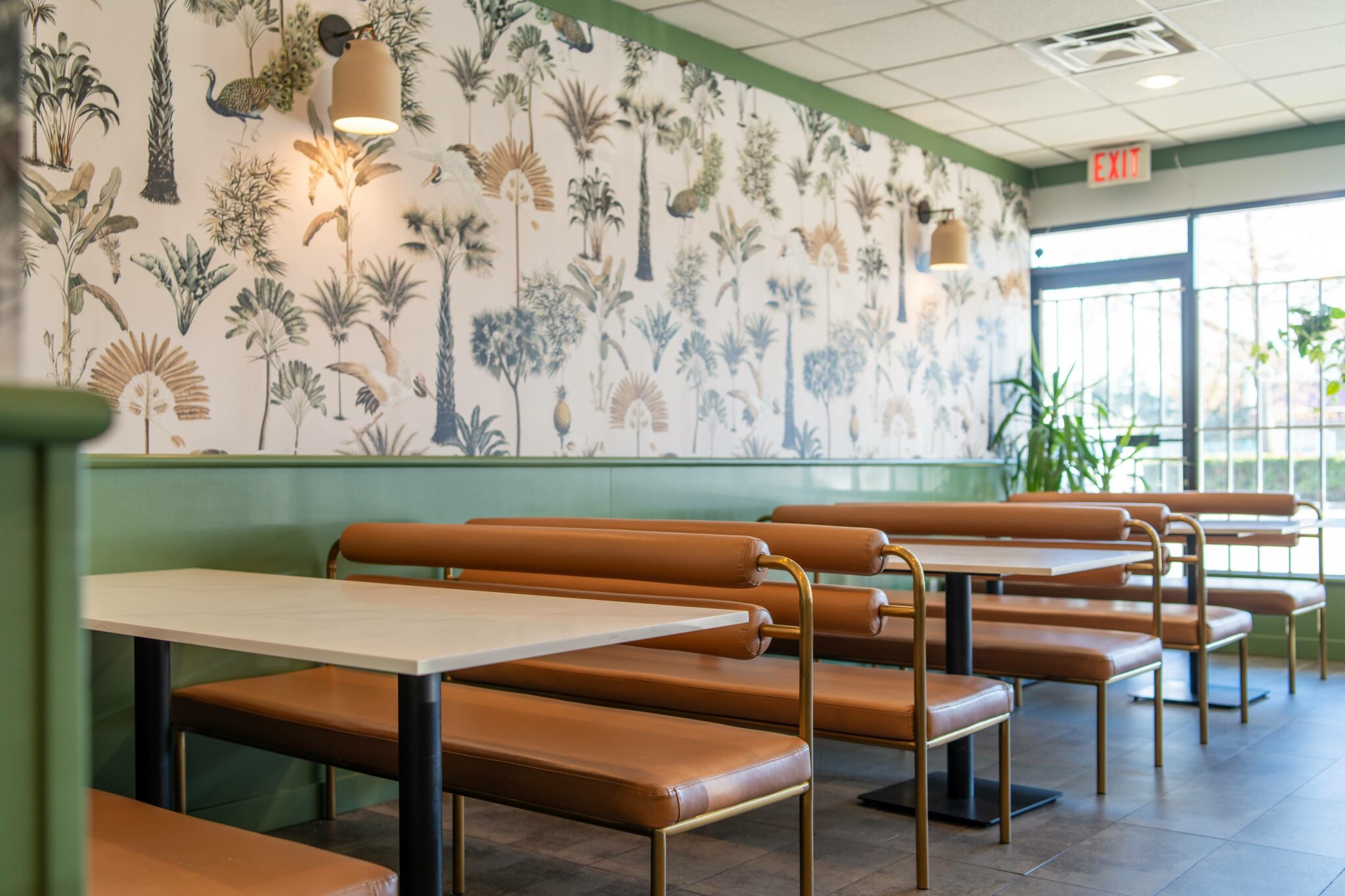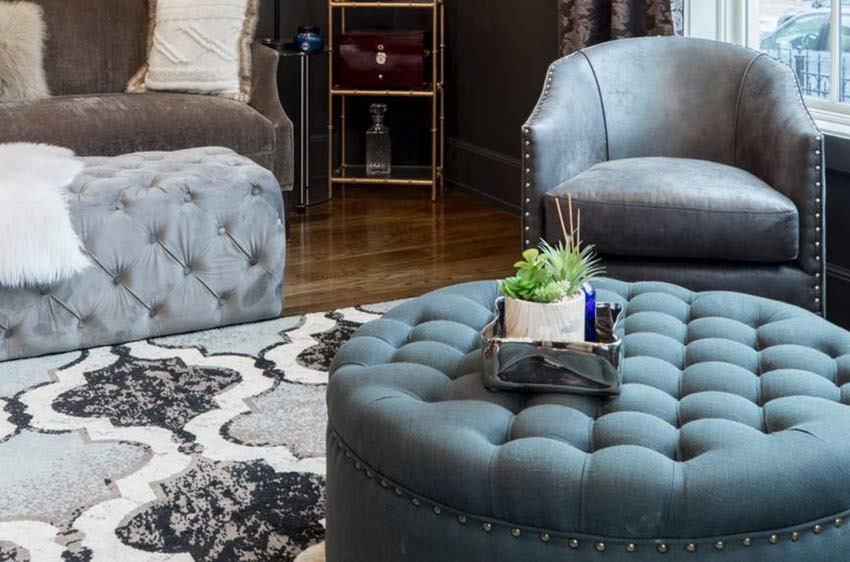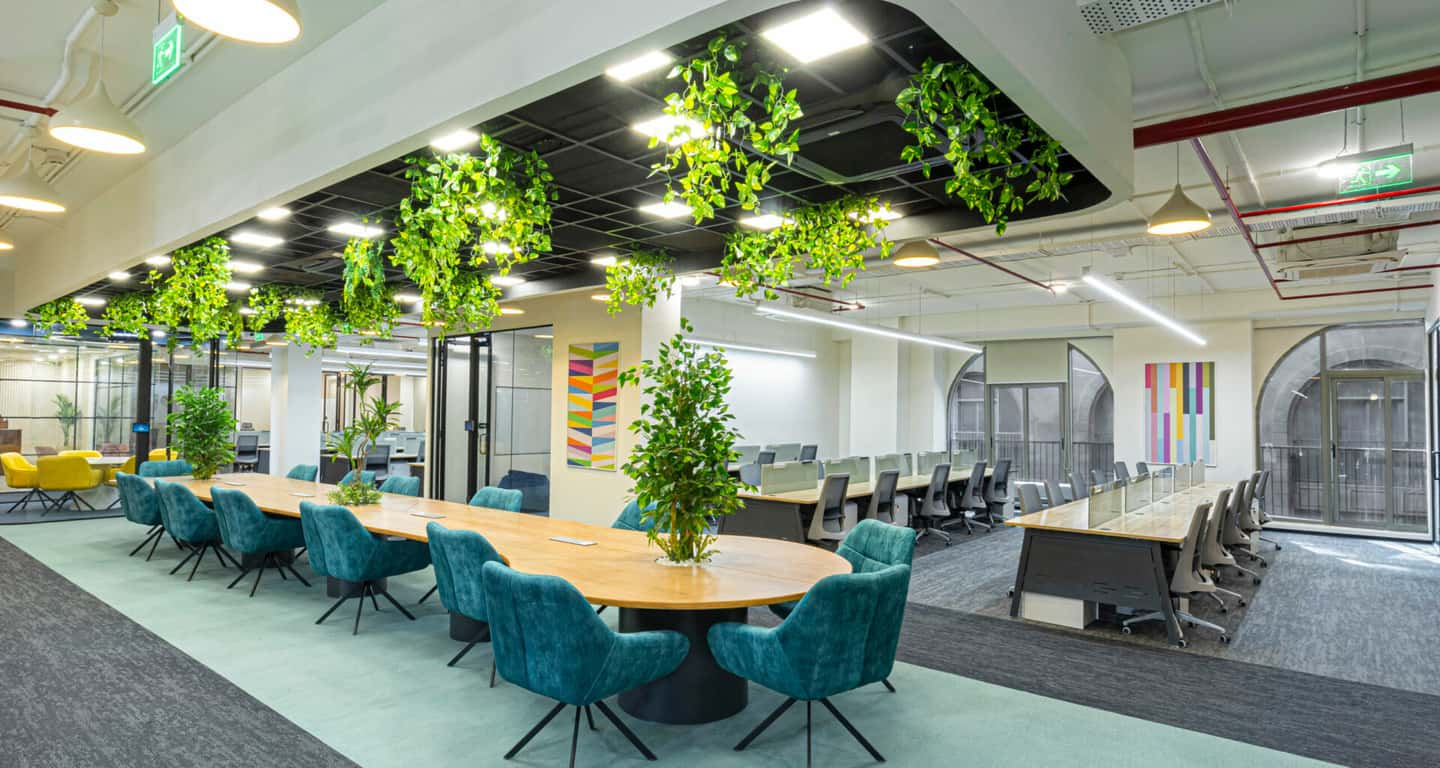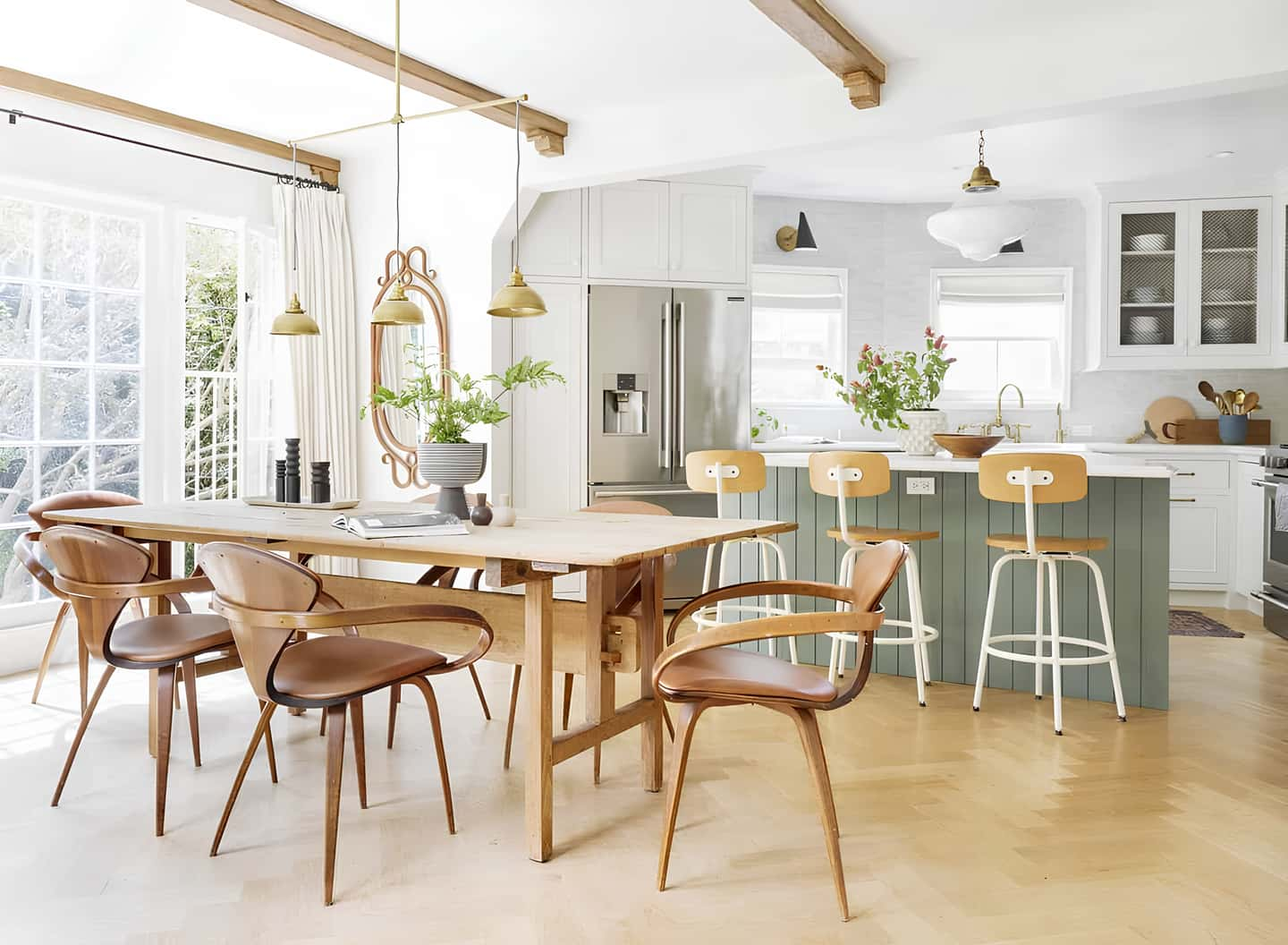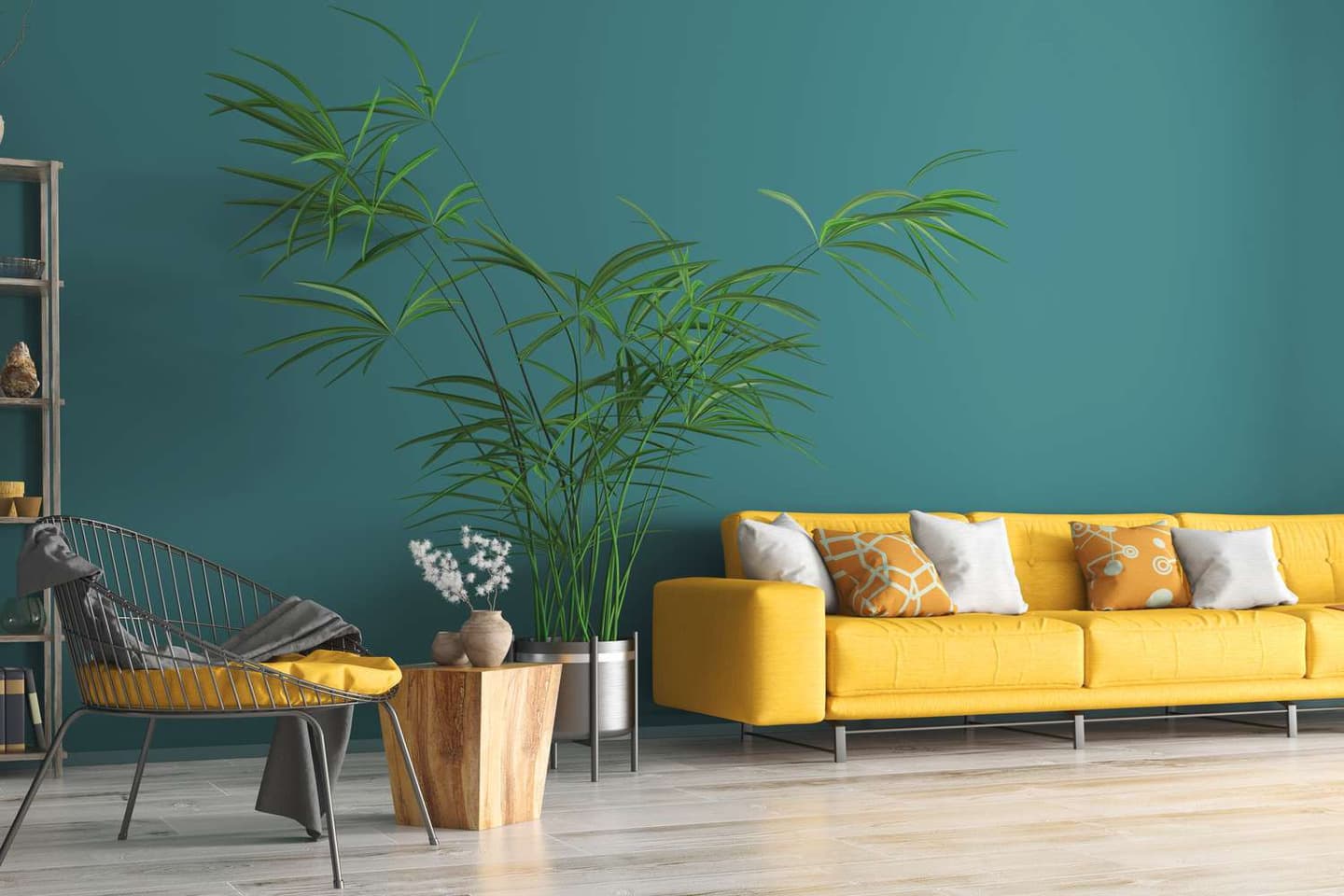In today’s world, interior design is more than just an aesthetic layer. It is a critical component that shapes our environment and influences our mood, well-being, and productivity. As we continue to invest time and resources in creating beautiful, functional spaces, it becomes imperative that we make human-centred design the foundation of our decisions.
At Ark + Mason, we believe in putting people and community at the core of our interior design and project management services. This blog post will explore the importance of human-centred design in interior spaces and showcase how it can foster a healthy environment, enhance experiences, and elevate our quality of life.
What Is Human-Centred Design?
Human-centred design is a holistic approach that focuses on creating visually appealing spaces that cater to the diverse needs, preferences, and lifestyles of its occupants. This approach involves understanding the users’ needs, behaviours, and emotions and leveraging them to inform the design process. Human-centred design aims to create responsive, adaptive environments and promote a sense of community by prioritizing the well-being and comfort of the people inhabiting a space.
Incorporating human-centred design principles into interior spaces can yield numerous benefits.
- Firstly, it ensures that our spaces are user-friendly and accommodates a variety of activities, making them more functional and versatile. By understanding how people interact with a space, designers can craft spaces that encourage collaboration, creativity, and social connections, fostering a more vibrant and active community.
- Secondly, human-centred design considers environmental and energy efficiency aspects, ensuring that our spaces are sustainable and have a minimal adverse impact on our surroundings. For instance, by implementing eco-friendly materials and energy-efficient technologies, we can create spaces that reduce waste and optimize resource usage, improving overall well-being and reducing carbon footprint.
- Lastly, human-centred design prioritizes psychological factors and emotional well-being by focusing on elements that evoke positive emotions, reduce stress, and foster a sense of belonging. From the thoughtful selection of colours, textures, and shapes to the strategic use of lighting, natural elements, and noise reduction solutions, these design considerations can enhance our mental and emotional well-being, promoting a healthier, happier lifestyle.
As an experienced team of creatives, technical specialists, leaders, and innovators, Ark + Mason is dedicated to implementing human-centred design principles in our interior design and project management services. By placing people and community at the centre of our values, we strive to create spaces that enhance your experience, support your well-being, and foster a lasting sense of belonging.
Understanding Human-Centred Design Principles
At the core of human-centred design lies empathy, curiosity, and innovation. By engaging with end-users and involving them in the design process, designers can gain valuable insights into their needs, desires, and preferences. A deep understanding of these requirements allows for better decision-making regarding space planning, material selection, and overall aesthetics. Let’s explore some key principles of human-centred design that serve as the foundation for intuitive and effective interior spaces.
- Embrace User Diversity: Human-centred design acknowledges everyone has unique needs and preferences. This principle calls for inclusivity and versatility in design, ensuring that spaces can cater to diverse users and accommodate various activities.
- Encourage Social Interaction: Designing spaces that promote social interaction and collaboration can create a sense of community, reduce feelings of isolation, and provide opportunities for networking and creative exchange.
- Prioritize Comfort and Well-being: Comfortable spaces are more inviting and increase our overall satisfaction with the environment. Prioritizing well-being in design leads to healthier, more enjoyable environments that contribute to better mental and emotional health.
- Design for Adaptability and Flexibility: Our needs and preferences change over time. Spaces adapting to these changes and evolving with their occupants are more sustainable and have a longer lifespan.
Incorporating Human-Centred Design in Interior Projects
Whether designing a cozy residential space, a bustling commercial environment, or a serene public setting, incorporating human-centred design principles can make all the difference in creating meaningful and impactful interiors. Here are some practical ways designers can apply these principles to their projects:
1. Create Intuitive Navigation and Layout
An essential aspect of human-centred design is creating spaces allowing seamless navigation and easy access to different areas. The space layout should be intuitive, with zones designated for specific functions and activities. Individuals can navigate the environment more comfortably by carefully planning the space and using architectural elements and visual cues. This enhanced user experience fosters ease of movement, reducing the chances of stress or frustration.
2. Incorporate Biophilic Design Elements
Biophilic design emphasizes the connection between humans and nature and is an effective approach to human-centred interior design. By incorporating natural elements such as plants, natural light, and organic materials, spaces can promote well-being and reduce stress. Studies have shown that incorporating nature in interior spaces can boost productivity and improve overall mood. Natural materials such as wood, stone, and greenery create a warm, welcoming atmosphere that encourages relaxation and social interaction.
3. Emphasize User Control and Personalization
A human-centred approach to interior design allows users to personalize their environment and accommodate their unique needs and preferences. Flexible furniture solutions, adjustable lighting systems, and adaptable technology can create an empowering experience where individuals can fine-tune their surroundings to achieve the desired level of comfort and functionality. Providing options for customization enhances users’ sense of satisfaction, promoting a greater connection with the space.
4. Focus on Material and Colour Selection
The choice of materials and colours can significantly influence the atmosphere of a space, impacting our mood and overall well-being. From soft textiles and sleek surfaces to warm and cool colour palettes, designers must consider how these elements impact the occupant’s emotional response. Selecting textures and colours that enhance comfort, evoke positive emotions, and create visual interest is key to achieving a successful human-centred design.
Best Practices for Adopting Human-Centred Design in Your Projects
Ready to embrace human-centred design in your interior projects? Here are some best practices to get started:
- Collaborate with End-Users: Engage occupants in the design process to gather invaluable insights into their needs, preferences, and aspirations. Prioritize their comfort and well-being to create spaces that resonate with them on a personal level.
- Develop a Multifunctional Approach: Design spaces with versatility and adaptability in mind. Consider the different activities in the environment and plan layouts and solutions that accommodate a range of functions.
- Keep Sustainability in Mind: Consider the environmental impact of your design choices. Opt for eco-friendly materials, energy-efficient technologies, and sustainable solutions to minimize waste and promote the well-being of both occupants and the planet.
- Continuously Learn and Adapt: Stay informed about the latest trends, advancements, and discoveries in human-centred design. Continuously updating your knowledge and practices will keep your work relevant, effective, and innovative.
Conclusion
Embracing human-centred design in your interior projects is a powerful way to create spaces that truly resonate with their occupants. By prioritizing individuals’ well-being, comfort, and experiences of individuals, designers can develop environments that foster a sense of belonging and drive meaningful connections between people and spaces.
At Ark + Mason, our experienced team of creatives, technical specialists, leaders, and innovators is dedicated to crafting spaces that align with human-centred design principles, ensuring our clients enjoy exceptional interiors that enhance their quality of life and promote healthy, vibrant communities. If you need interior design services in Vancouver, get in touch with us today!
What Else is Trending in Commercial Interior Design?
- Dibfit Cycle Amazing Transformation
- Physiolab Interior Design
- Business License Vancouver: What you Need to Know
- Things to Consider When Starting a Business in BC
- A Guide to Buying a Restaurant in Vancouver

Whitney is currently the Co-Founder and Creative Director for Ark and Mason Interior Design in Vancouver, BC. She expert in commercial interior design and construction management.

